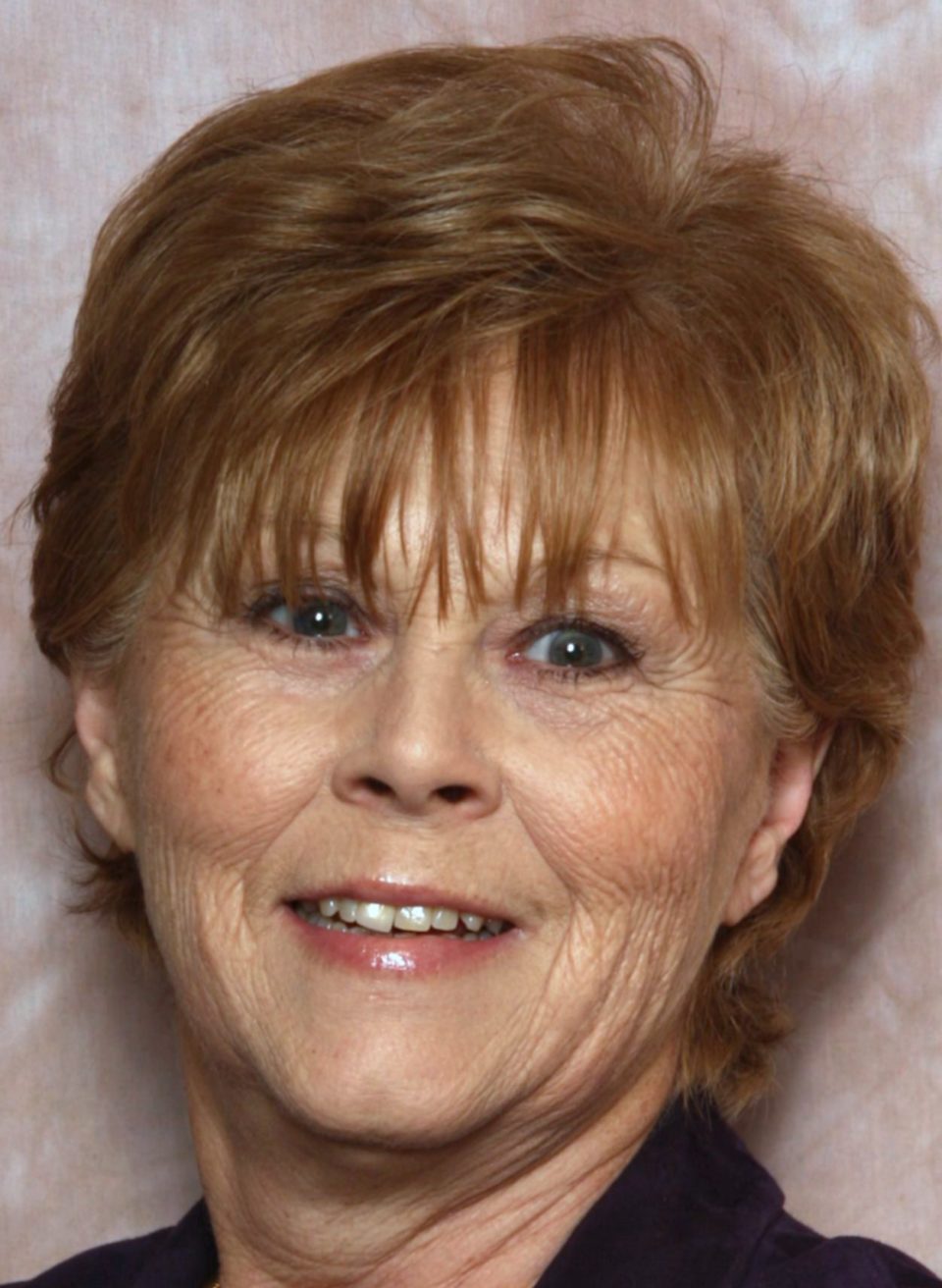SL Dwyer
Author of award winning Dirt and The Fantasmagorical Forest trilogy
You’ve completed your book. Written the final word. Take a deep breath, do a jig and pop the cork on some bubbly. Give yourself a big pat on the back. You have just accomplished what so many have said they wished they could do. Congratulations.
Great, next you distribute your manuscript to every family member who enjoys reading, along with friends and members of your writing group. You’ve made the suggested revisions and investigated every source available to upload and publish your eBook. Your finger hesitates and finally pushes the “upload” button and your book becomes one of thousands waiting for readers.
You’ve done it all, right? Wrong. If you have not done the last two steps your book will languish on the pages of Amazon, Barnes & Noble, and all the other sites where it sits for sale. You scratch your head and wonder what the problem may be. Most likely it is one of those last two steps.
Below, I’ll list those steps and add some information that may help. Of course you story and how it is written is the number one factor in sales, but you can increase your chances of good sales and awards if you complete these steps.
First, family, friends, and writing groups are great for feedback on the story. But, unless they are professional editors, you may be missing the polish your story needs to shine. Always, and I can’t say this enough, ALWAYS, have your book edited by a professional. Punctuation, continuity, pacing, and structure are integral to a polished book. A professional editor will look for these issues and either make the corrections or advise you how to do it yourself, after all, doing the work yourself helps the writer learn what to look for when doing their next edit and revisions.
The second step is to know the correct formatting before uploading. The following is a general list of do’s and don’ts when formatting for fiction and most for non-fiction. One item to remember is that eBooks have different options than a print copy, such as increasing the size on their screen. The important thing to remember is to not include fancy fonts and pictures. These become distorted when the reader changes the size on their screen. Simple is better.
Use 12 pt Times New Roman font (or something similar)
Single space between sentences
Single space between paragraphs
Double space between scenes or time frames (You can use the usual practice of *** or a symbol if it matches the genre)
Do not double space after the period. When we all used typewriters, yes many of us started with one, double space was accepted. No longer. It was found that it read better with one space. So that is the new norm.
Do not use hard tabs to indent. When you do it comes out far larger than you anticipated and messes with the format. Set your formatting when you begin typing if you use Microsoft word or another word processing program. Go to “Select All”, click on paragraph, click on indent “first line”, set spacing to “single”
You can use paragraph styles, such as using Heading 1 for all chapter headings. This will keep the format and layout consistent.
Set margins to “justify”. If you look at any book, you will see that the margins on both sides are even. This is how you book should look.
You can do all this when you have you final manuscript by “selecting all” and then make the style settings.
Make sure your pages are numbered. Kindle and epub show page numbers.
Don’t put the Table of Contents/Chapter list at the end of the book. Most readers (Kindle) will keep resetting “last read” to the end of the book. The chapter list should be at the beginning.
These are most of the issues that make a book look polished and professional. Take the time to learn how present your hard work in the best light. It’s difficult enough for indie writers to compete with the traditional published books, so we need to make our work look the best it can be. Learning how to present your book is as important as learning how to write it.
If you look at this article, you can see how the margins should be set along with the indentations.
Good luck to everyone and if you want to see all this information in detail go to http://www.creativindie.com. Derek Murphy has a lot of great information for those who are willing to take the time to learn how to take a rock and turn it into a gem.
To learn more about SL Dwyer and her award winning books at http://www.sldwyer.com/


Great article. So good to share what goes right and wrong in the many steps to Independent publishing. Thanks Sharon!